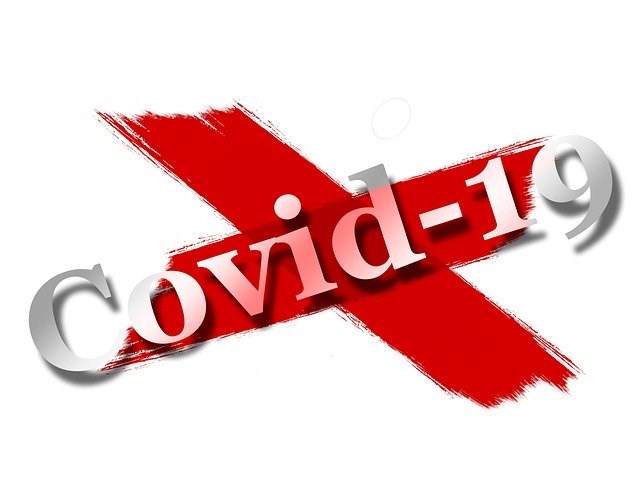At the province’s COVID-19 media conference on Tuesday, deputy premier Gord Wyant provided a further update on what is happening with their safe schools plan.
In his remarks Wyant said the province, the Education Response Planning Team and Public Health continued to work on a plan for the safe return to school. He said education in the province is “very diverse”, with schools ranging from four students to over 1600.
He said the province was providing additional guidance “to ensure school divisions have the public health information they need to make decisions for their local school divisions.”
Wyant said the focus of discussions with the 27 school divisions has been on the “usage of Level 2 under the Safe School plan.” He noted a number of divisions had expressed interest in mandating mask usage.
Wyant said the following guidance has been provided to school divisions:
That students in Grades 4 through 12 wear a mask in high traffic areas, such as in hallways and on school buses.
For students in Grades 9 through 12, masks may also be required in classrooms where it is not possible to maintain a level of physical distancing. This guidance would also apply to teachers and staff.
Regarding level 2, students and staff are encouraged to bring their own non-medical cloth masks, and there are existing guidelines that cover this. The province has also procured 6 million disposable masks for an investment of $2.3 million, which will be available to students and staff at the start of the school year and on a daily basis.
“Our schools are diverse, and we will continue to consider that diversity,” said Wyant. He added that for those high schools that have a high density population, “further discussions with Saskatchewan’s 27 school divisions have resulted in factors being developed for those divisions seeking clarification on Level 3. Level 3 provides for hybrid learning models which include the use of instructional videos. Factors that will also be considered include the location, structure and population density of the school.”
He said the ministry of Education along with public health will work with school divisions to determine the application of those factors.
Wyant also said that chief medical health officer Dr. Saqib Shahab has directed the following:
• that there be teacher and class cohorting, with a focus on cohorting teachers to a limited number of students and keeping students in one cohort as much as possible;
• in elementary school settings, students’ cohorts will be the classroom;
• in high school settings where cohorting is more complex, school divisions are encouraged to find creative solutions to move students in cohorts where possible;
• front-facing instruction for students, any exceptions will be identified by school divisions for approval by public health; and
• staggered start times, breaks and end times, wherever possible.
Students are encouraged to bring their own non-medical cloth masks. Mask guidelines can be found in the Re-Open Saskatchewan plan at www.saskatchewan.ca/re-open.
“Our Government continues to monitor the transmission of COVID-19 in the province and updates will be made to the Safe Schools Plan as necessary based on the advice of the Chief Medical Health Officer. The Response Planning Team will also continue to work with the education sector to develop and implement guidelines as the pandemic situation evolves.”
In his remarks on schools, Dr. Shahab said there had been lots of discussions including health, education with school boards about transmission risk, and noted they were “probably better off to start at a high level – level 2 – for mask use initially and then we can recalibrate as things settle down.” Similarly, Shahab said that similarly with larger schools they can look initially at Level 3 in a few schools to start things off, and “once things settle down they can recalibrate.”
Shahab also stressed the importance of having masks on hand. “But this doesn’t replace all the other measures,” he added, citing the importance of staying at home when sick, physical distancing and washing hands, and so on.
“I feel very confident we can start off in a smooth way,” said Dr. Shahab.
During the question and answer session that followed Wyant was pressed about why mask use was not being mandated across the board in all school divisions.
“We have always respected the local decision making of school divisions,“ said Wyant, who added they had the best information on local realities. While a number of school divisions have expressed interest in masking policies, not all have, he said, adding they will continue to have those conversations with school divisions.
Wyant again cited the “diversity” of schools and school divisions in allowing those divisions to be able to make those decisions. "The recommendations that have been made today are that, they are recommendations.”



